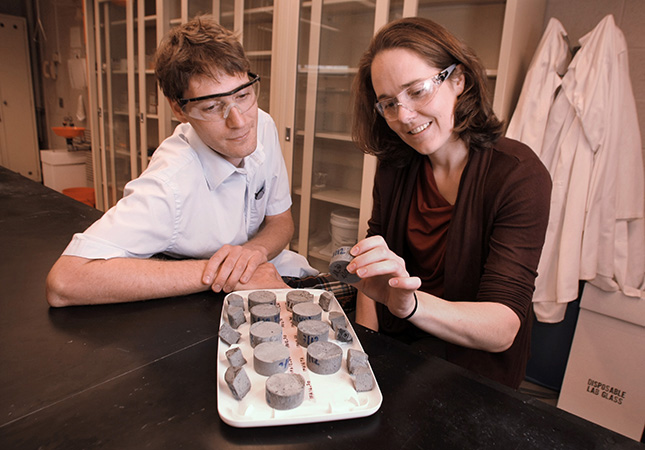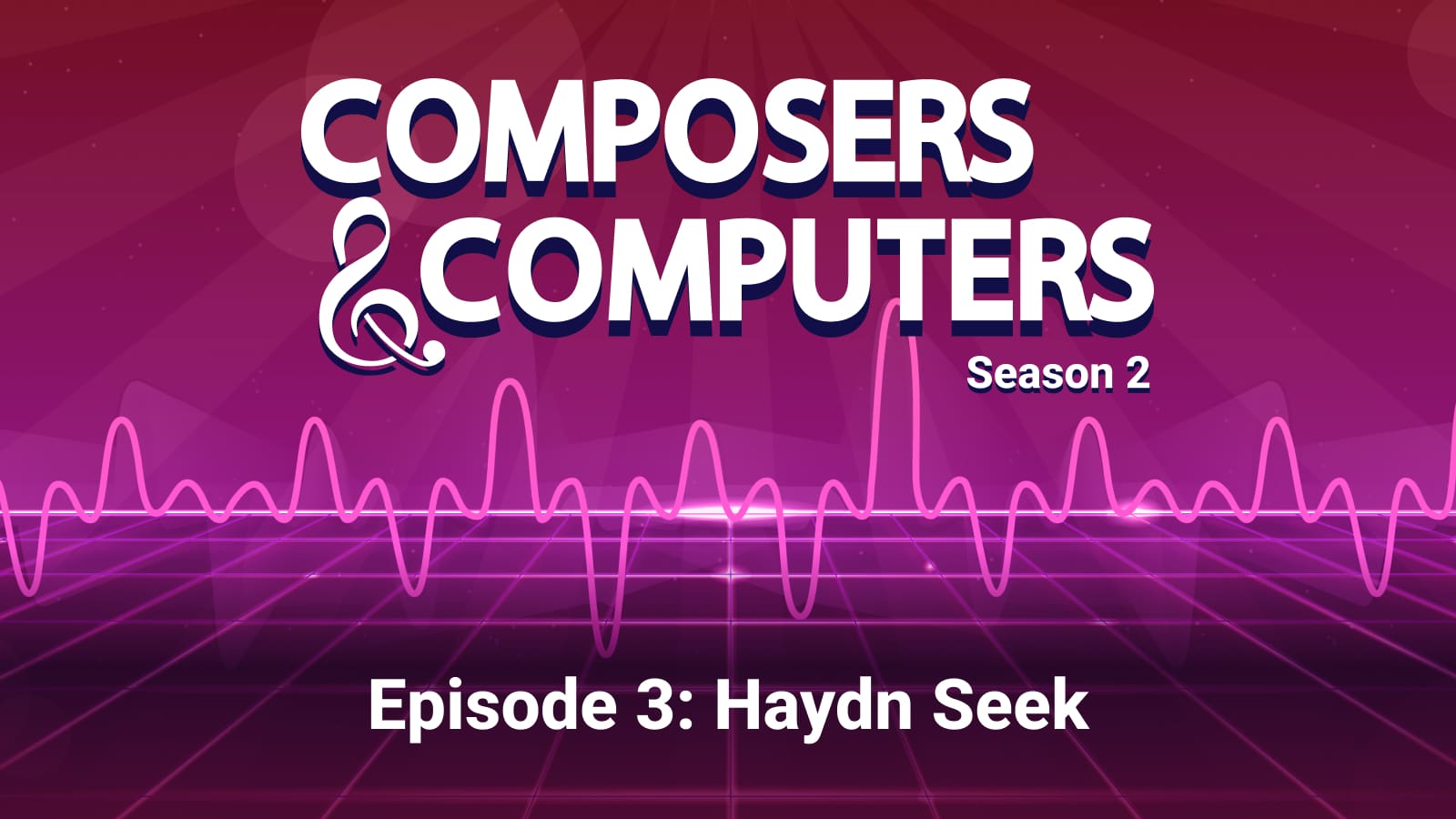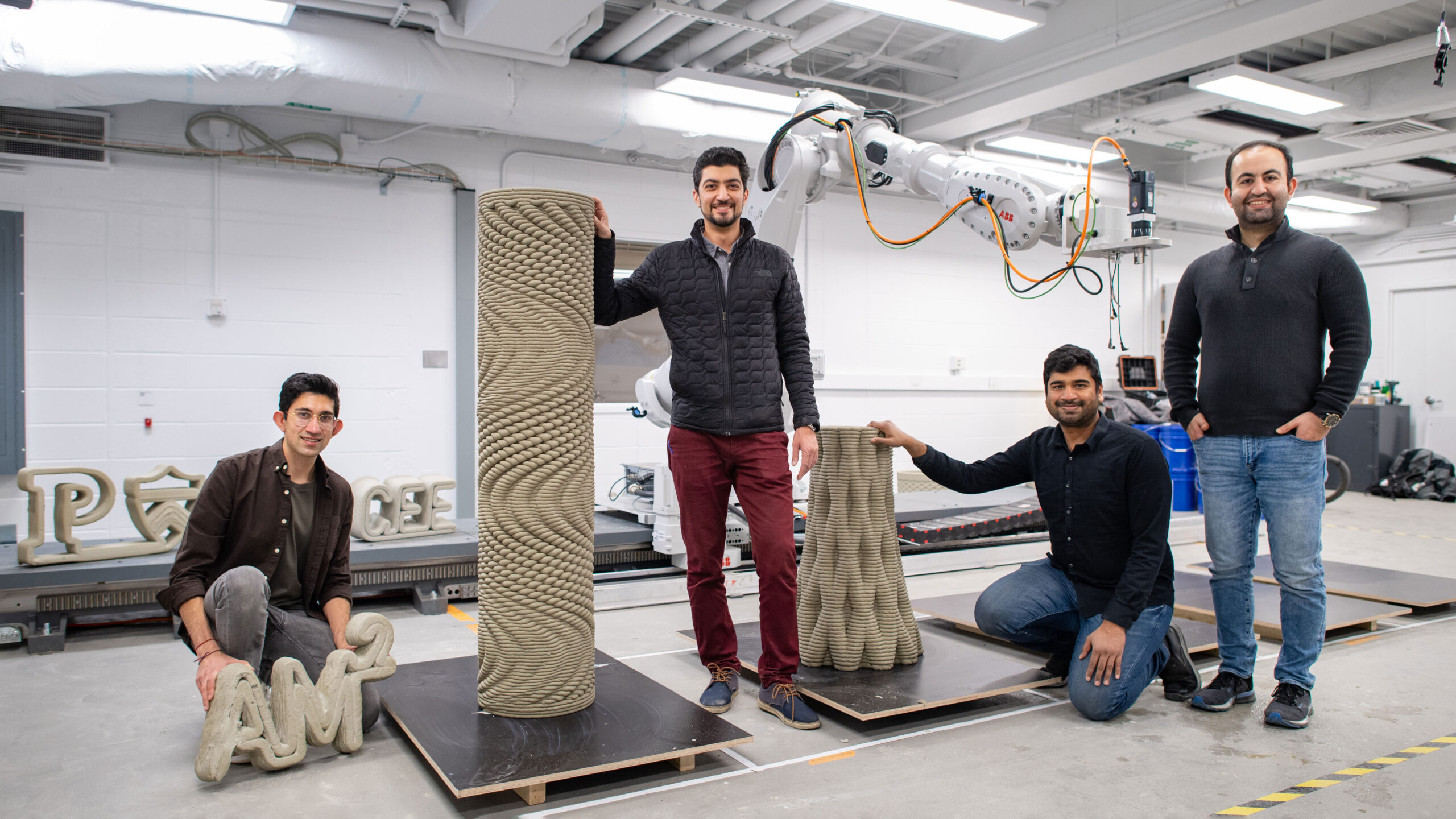Projects seek concrete solutions to global warming
By
on

When it comes to global warming, most people worry about power plants. Claire White thinks about another kind of plant – those that make cement.
“Cement production and cement powder are major components of greenhouse gas emissions,” said White, an assistant professor of civil and environmental engineering and the Andlinger Center for Energy and the Environment. “It accounts for between 5 and 8 percent of human-made carbon dioxide.”
Along with co-researchers from across the University, White is exploring ways to manufacture cement without contributing to global warming. Most of these cement substitutes eliminate the need to burn limestone at high temperature, a critical step in standard cement production that accounts for much of the CO2 emissions. By using waste components, such as slag from steel manufacturing, manufacturers can cut greenhouse emissions by 80 to 90 percent, White said.
 One of White’s projects, supported by the Princeton E-ffiliates Partnership Fund, involves using X-ray tomography to study possible methods for eliminating tiny cracks that develop as some of the alternative cements dry. The results have been encouraging so far.
One of White’s projects, supported by the Princeton E-ffiliates Partnership Fund, involves using X-ray tomography to study possible methods for eliminating tiny cracks that develop as some of the alternative cements dry. The results have been encouraging so far.
“We found that by adding really small quantities of zinc oxide nanoparticles, the surface area of the cracks is reduced,” she said.
Although the idea of changing cement production to reduce greenhouse gas is relatively new, many of these materials, called alkali-activated cements, have been around for years. The problem, though, is that cement is so long-lasting that construction standards demand decades of reliability. To address that issue, White’s research team is working to devise tests that provide reliable predictions of how the materials would perform if used widely in long-lived structures.
“We don’t have data indicating how well they will last for 50 to 100 years,” she said. Her research group is now working to simulate aging under a variety of conditions without altering the chemical composition of the cement in unrealistic ways.
“This is an area in which university research is ideal,” she said. “We have the ability to take a longer view.”





